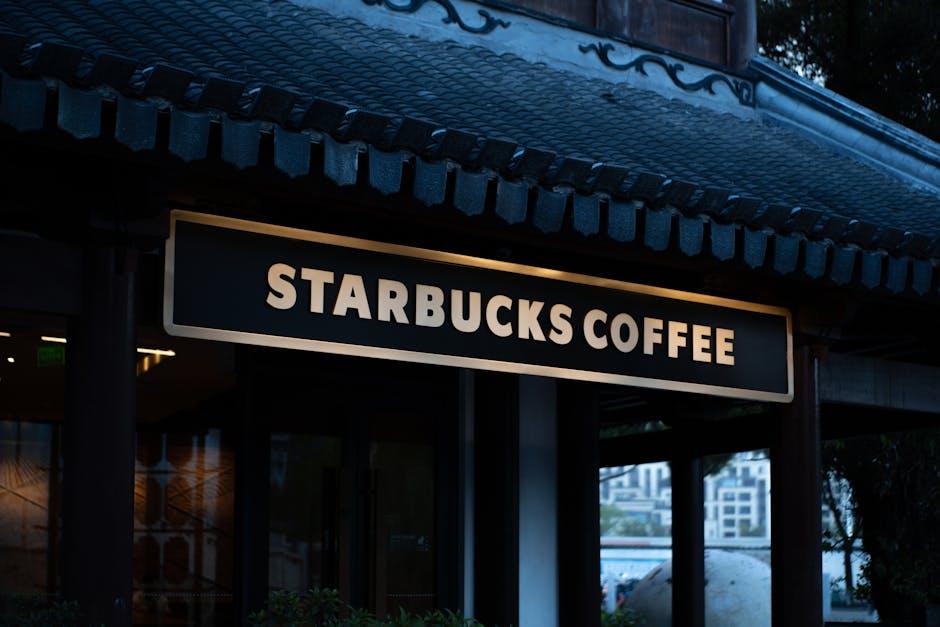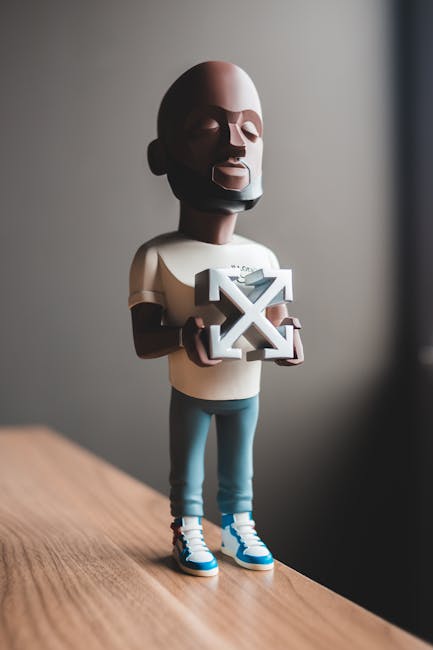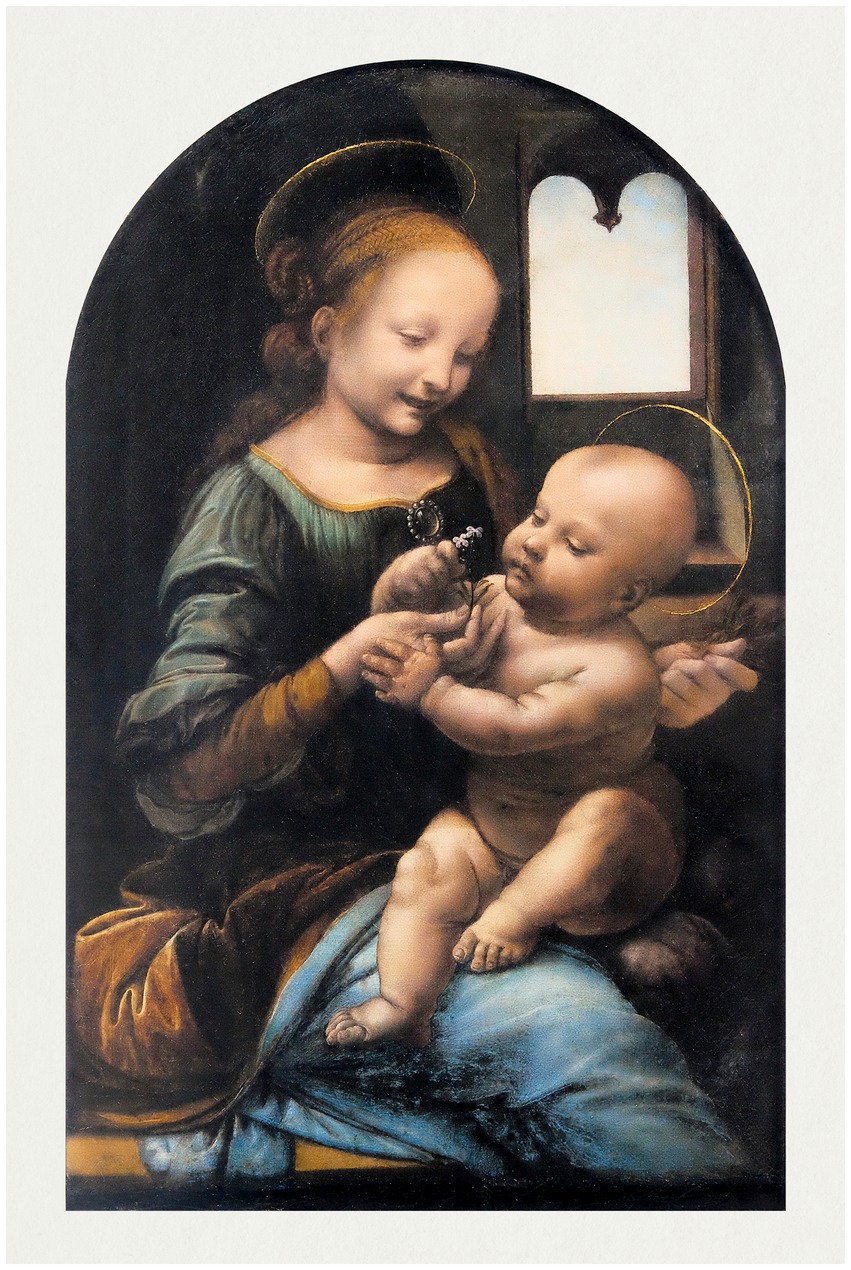
In a world full of logos vying for attention, how can a brand make a lasting impression? From the golden arches that beckon us towards greasy satisfaction to the swoosh that inspires us to get off the couch and just do it, logos have a power all their own. Join us on a journey through the wild world of brand identity, where logos reign supreme and first impressions are everything. Strap in, folks - it’s gonna be a wild ride! Logos in Brand Identity”>
Logos in Brand Identity”>
The Importance of Logos in Brand Identity
Logos are like the face of your brand - they give you that signature look that people instantly recognize. Imagine going to a party without your trusty logo by your side. Nobody would know who you are or what you stand for! It’s like showing up in your pajamas while everyone else is dressed to the nines.
Having a strong logo is crucial for building brand identity. It’s like having your own personal superhero costume – it sets you apart from the competition and gives you that extra edge. Without a logo, you’re just another face in the crowd, blending in with the wallpaper.
Logos help to establish credibility and trust with your audience. When people see a well-designed logo, they automatically assume that you mean business. It’s like wearing a fancy suit to a job interview – you instantly look more professional and put-together.
So, don’t underestimate the power of a good logo. It’s not just a pretty picture - it’s the key to making a lasting impression and standing out in a sea of competitors. Remember, a logo is worth a thousand words – and maybe even a few new customers!

Building Recognition and Trust with a Strong Logo
When it comes to building recognition and trust, having a strong logo is key. Your logo is like the face of your brand – it’s the first thing people see, and it needs to make a good impression. Here are a few tips to help you create a logo that will leave a lasting impact:
First and foremost, your logo should be memorable. Think about some of the most iconic logos out there – McDonald’s golden arches, Nike’s swoosh, or Apple’s bitten apple. These logos are simple, yet instantly recognizable. Aim for something that sticks in people’s minds – like a catchy jingle, but for your eyes.
Next, your logo should reflect your brand’s personality. Are you a fun and quirky company? Maybe go for bright colors and whimsical fonts. Are you a more serious and professional organization? Stick to clean lines and neutral tones. Your logo should be a visual representation of who you are as a brand – so make sure it’s speaking your language.
Lastly, don’t be afraid to get feedback on your logo. Show it to friends, family, coworkers, the guy who makes your coffee in the morning – whoever will give you an honest opinion. Getting outside perspectives can help you see things you might have missed and ensure that your logo is resonating with your target audience.

Crafting a Memorable and Timeless Logo Design
When it comes to designing a logo that stands the test of time, there are a few key elements to keep in mind. First and foremost, simplicity is key. You don’t want your logo to be so complex that people can’t remember it or reproduce it accurately.
Next, think about the color scheme. Bright, bold colors may be eye-catching now, but will they still be trendy in a few years? Stick to timeless hues like black, white, and gray, and your logo will never go out of style.
Another important factor to consider is versatility. Your logo should look just as good on a billboard as it does on a business card. Make sure it works in both color and black-and-white formats, and in various sizes.
Finally, don’t forget about the typography. Choose a font that is easy to read and reflects the personality of your brand. Avoid trendy fonts that may look outdated in a few years. Remember, a well-crafted logo is the cornerstone of a successful brand!

Using Color Psychology to Enhance Brand Messaging
Color Psychology for Brand Messaging
When it comes to branding, color psychology plays a crucial role in conveying the right message to your target audience. The colors you choose can evoke certain emotions and associations that can influence how your brand is perceived. So why not use this to your advantage?
Think about the brands you love. What colors do they use in their logos and marketing materials? There’s a reason behind every shade they choose. By understanding the psychology behind colors, you can strategically use them to enhance your brand messaging and make a lasting impression on your audience.
Here are some fun ways to incorporate color psychology into your branding strategy:
- Red: Use red to grab attention and convey passion and excitement.
- Blue: Opt for blue to create a sense of trust, security, and reliability.
- Yellow: Infuse yellow into your brand to evoke feelings of happiness, positivity, and optimism.
- Green: Incorporate green to represent growth, harmony, and environmental consciousness.
Beyond Aesthetics: How Logos Influence Consumer Behaviour
Logos are more than just pretty pictures; they have the power to influence the way consumers think, feel, and behave. Here’s a closer look at how logos can shape consumer behavior in ways you never imagined:
1. **Brand Recognition:** A well-designed logo can help a brand stand out in a sea of competitors. Think of it as a super distinctive outfit at a party - you’re more likely to notice and remember someone wearing a crazy neon jumpsuit than someone in a plain black dress.
2. **Emotional Connection:** Logos aren’t just about aesthetics; they’re about emotion. Whether it’s nostalgia for your favorite childhood cereal or a sense of trust in a reliable brand, logos can evoke powerful feelings that influence purchasing decisions.
3. **Perceived Value:** Ever wonder why luxury brands charge exorbitant prices for what seems like a plain white t-shirt? It’s all about the logo. A well-known logo can give a product an air of exclusivity and prestige, making consumers willing to pay top dollar for the experience.
The Evolution of Logos in Modern Marketing
Logos have come a long way since the early days of marketing. Gone are the days of simple, one-color designs that looked like they were drawn by a kindergartener. Nowadays, logos are sleek, sophisticated, and sometimes downright sexy. Let’s take a look at some of the key ways logos have evolved in modern marketing:
- Color Explosion: Back in the day, logos were often limited to one or two colors. Now, the sky’s the limit! Logos today can feature a whole rainbow of colors, making them pop off the page and grab consumers’ attention.
- Minimalism is Key: In the past, logos were often cluttered with unnecessary details. Today, less is more. Sleek, minimalist designs are all the rage, with companies opting for simple, clean logos that are easy to recognize and remember.
- Adaptability: With the rise of digital marketing, logos need to be adaptable to fit a variety of platforms and sizes. Logos now need to look just as good on a billboard as they do on a tiny smartphone screen, leading to more versatile and scalable designs.
So, the next time you see a logo that catches your eye, take a moment to appreciate the evolution that brought it to where it is today. Who knows, maybe one day we’ll look back at today’s logos and chuckle at how old-fashioned they seem!
Measuring the Success of a Logo in Establishing Brand Identity
When it comes to , there are a few key factors to consider. First and foremost, does your logo make you stand out from the crowd like a peacock in a room full of pigeons? If your logo doesn’t turn heads and spark conversations, then it might be time to go back to the drawing board.
Another important consideration is whether your logo is easily recognizable and memorable. Think of your logo as a first date – you want it to leave a lasting impression and have people craving more. If your logo is forgettable or gets lost in a sea of competitors, then it’s time to amp up the wow factor.
Additionally, does your logo effectively communicate your brand’s personality and values? Your logo should be like your brand’s spirit animal - representing all that your brand stands for in a visually appealing way. If your logo is giving off mixed signals or doesn’t align with your brand ethos, then it’s time for a brand identity intervention.
So, in conclusion, to measure the success of your logo in establishing brand identity, ask yourself: Does it stand out like a peacock, leave a lasting impression like a first date, and communicate your brand’s personality like a spirit animal? If the answer is yes to all three, then you’re on the right track to logo success!
FAQs
Why do logos play such a crucial role in brand identity?
Logos are like the cherry on top of a sundae – they can make or break the whole experience! A well-crafted logo can instantly communicate a brand’s personality and values, making it easier for consumers to form a connection.
How can a strong logo help a brand stand out in a crowded market?
Think of a strong logo as a beacon of light in a sea of darkness – it helps guide consumers to your brand amidst all the noise. By creating a memorable and unique logo, you can ensure that your brand doesn’t get lost in the shuffle.
What are some key elements to consider when designing a logo?
When designing a logo, it’s important to keep in mind your target audience, brand values, and overall aesthetic. You want to create a logo that not only looks good but also resonates with your ideal customers on a deeper level.
Can a logo evolve over time without losing brand identity?
Absolutely! Just like a fine wine, logos can mature and develop over time while still retaining their core essence. By carefully planning and executing a logo redesign, you can breathe new life into your brand without losing sight of who you are.
How important is consistency in using a logo across different platforms?
Consistency is key – it’s like the glue that holds your brand together! By using your logo consistently across different platforms, you can create a cohesive and unified brand identity that resonates with consumers no matter where they encounter your brand.









